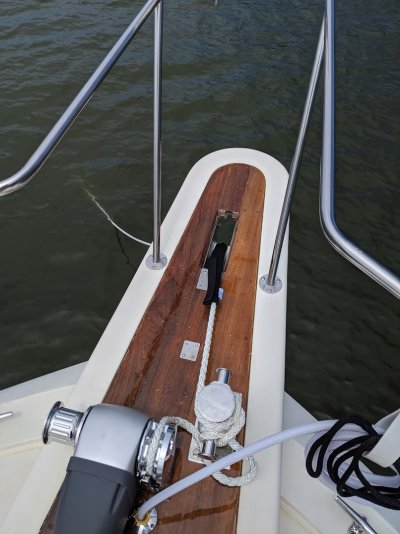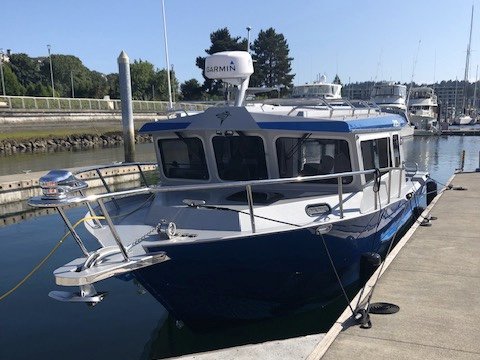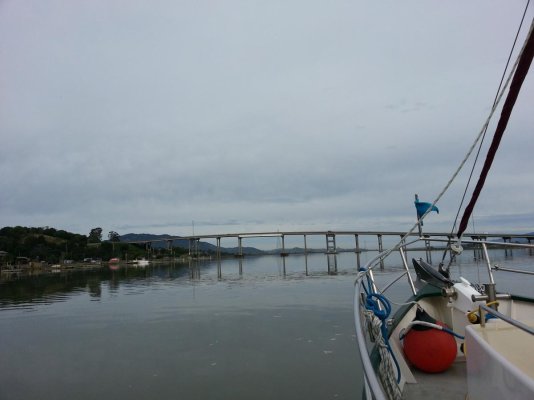Haloo
Senior Member
We have 30’ of chain and 270’ of triple strand nylon line for rode. Do we need to do something to protect our Lewmar windlass from strain at anchor? If yes, what?
Our boat is a 31’ Kingfisher 3125 GFX. It’s an aluminum offshore fishing boat. However, we use it kind of like a water-going Sprinter camper van. This fact just kills our friend who is an avid fishermen. He thinks we’ve neutered an awesome fishing machine.
We plan on practicing our anchoring technique over the next few weeks in the South Puget Sound. We’ve ordered an anchoring book recommended on another thread, and are devouring all the written and video expertise we can lay our eyes and hands on. I’ve also spend an amazing amount of time on this forum!
I realize that our boat is an outlier on this forum. But you folks are the best resource I’ve found for the kind of boating we want to do.
Thanks!
Hal
Our boat is a 31’ Kingfisher 3125 GFX. It’s an aluminum offshore fishing boat. However, we use it kind of like a water-going Sprinter camper van. This fact just kills our friend who is an avid fishermen. He thinks we’ve neutered an awesome fishing machine.
We plan on practicing our anchoring technique over the next few weeks in the South Puget Sound. We’ve ordered an anchoring book recommended on another thread, and are devouring all the written and video expertise we can lay our eyes and hands on. I’ve also spend an amazing amount of time on this forum!
I realize that our boat is an outlier on this forum. But you folks are the best resource I’ve found for the kind of boating we want to do.
Thanks!
Hal




